The 15 Most Amazing Virtual Field Trips

Find your perfect college degree

Education today is anything but standardized. There are a growing number of children being homeschooled, using distance learning, enrolled in charter schools, attending private schools, and as many different approaches to education as there are public school systems in the United States. If there’s one aspect of the educational experience that all these approaches share, it’s a need for students to become engaged and immersed in experiences outside the classroom.
In the recent past, the only way for students to gain worthwhile experience outside the classroom was to load them on a bus and take them to museums and other destinations that would expand their horizons; but with budgets always tightening and schedules busier than ever, opportunities for field trips have diminished, not expanded. Schools have enjoyed one improvement in educational infrastructure that could not only make up for the shortfall in field trips, it could expand it exponentially: Computer technology. With high-speed Internet service becoming as common as running water in schools, and with the availability of handheld and laptop devices that can make good use of the Web, it’s become possible for teachers to arrange many compelling and interesting Virtual Field Trips for their students.
Since virtual field trips aren’t limited by travel time and budgets, children can enjoy more fun, informative, and inspiring exposure to the world outside their classroom than ever before. Wise educators are using the videoconferencing abilities of today’s electronic devices coupled to high-speed Internet connections to lead virtual field trips to venues like zoos and museums that students once traveled to see, as well as much more exotic locations that would have been out of the question for classes to visit. As more and more classrooms exhibit an interest in Virtual Field Trips, artistic, cultural and scientific exhibitors are responding with interactive offerings tailored to Virtual Field Trips, which helps them expand the reach of their curated offerings without relying solely on people who can see their displays in person. Virtual Field Trips also allow interaction with scientific, cultural, and artistic creators and curators in ways that weren’t possible before. For instance, students can connect face to face with the author of a work they might be reading, and ask them pertinent questions to increase the depth of understanding of the material.
While Virtual Field Trips are gaining in favor, it still might be difficult for educators to locate compelling educational opportunities for their students because the concept is still in its infancy. We’ve gathered a list of fifteen of the most amazing Virtual Field Trips to get the ball rolling.
1.The Louvre

The Louvre is one of the greatest artistic and cultural repositories ever assembled on earth, and while opportunities for classes to travel to Paris and walk its halls are few and far between, the Louvre offers many interactive tours,and changes them often to allow students to get a glimpse of as many of their treasures as possible. Their interactive tour is available in many languages, and it has a wonderful 360 panoramic view of each of their rooms, available from a 3-D map, along with cogent highlights explaining the significance of each room’s displays.
Tours like Egyptian Antiquities, Remains of the Louvre’s Moat, and the Galerie d’Apollon will reward students with high definition representations of some of the most interesting and important artifacts in the world, along with the finest analysis of their meaning.
You can learn more about a virtual tour of The Louvre here.
2. The White House

The home of the President of the United States has a wonderful interactive tour called “Inside the White House”, which is excellent for elementary and middle school students to learn about the history and workings of American government in general, and the Executive Branch in particular. It showcases tours of the West Wing, the East Wing, the South Lawn, and the President’s residence quarters. There’s an interesting and informative slideshow of the Presidents along with pertinent information about their time in office. Any Civics or History class could benefit from a Virtual Field Trip to the White House.
You can learn more about a virtual tour of The White House here.
3. Colonial Williamsburg
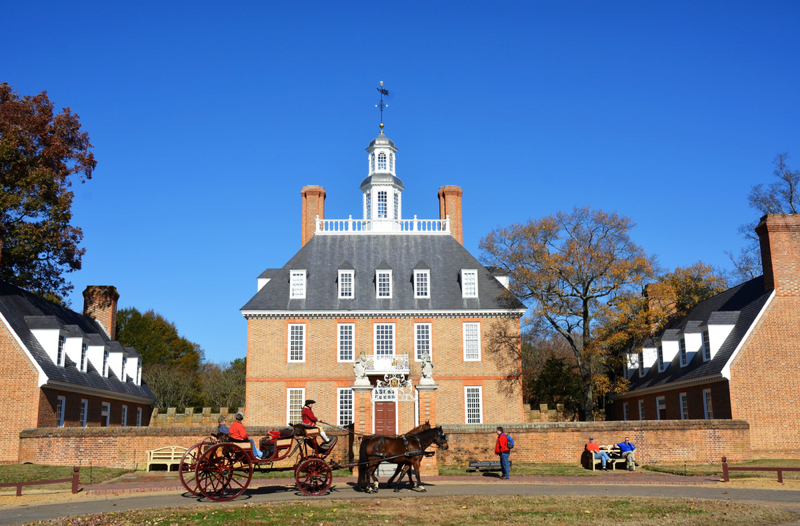
The Colonial Williamsburg Foundation has always been at the forefront of interactive and interesting displays of American history, and they’ve embraced the Internet age as much as any museum in the country. They have a slate of excellent Electronic Field Trips that are offered free to the public on a rotating schedule. One hour long each, they feature both historical information as well as dramatic recreations of America’s rich historical traditions, and how America has figured into global commerce, culture, and governance. Recent online educational topics have featured The Global Economy, The American Revolution on the Frontier, and Working Children. They offer an on-demand subscription service called HERO, for History Education Resources Online, for educators that wish to mine their complete inventory of Virtual Field Trip material.
You can learn more about a virtual tour of Colonial Williamsburg here.
4. Google Lit Trips

Google Lit Trips offer downloadable files that follow the journeys of characters from famous literature by using the power of maps from Google Earth. The service places markers at each milepost along the trips with pop-up windows that contain lots of resources for additional media, links to supplementary information about references in the work, and other interesting and compelling conversation starters. The site touts the ability of students to participate in stories in a three-dimensional way instead of simply reading the material. By following the travels of characters like Tom Joad in the Grapes of Wrath, students can gain an understanding of the surroundings and background on characters, and the times they are portrayed in. Virtual tours are available for kindergarten though college level students.
You can learn more about a virtual tour of Google Lit Trips here.
5. The Smithsonian
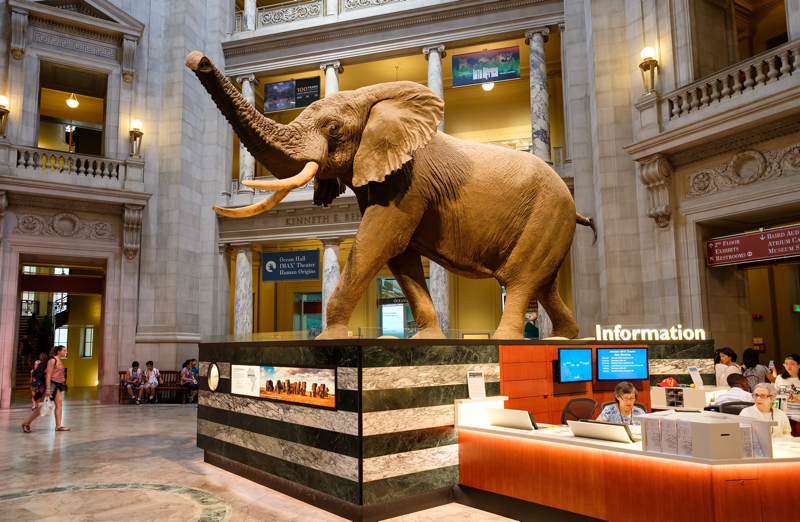
The Museum of Natural History at the Smithsonian might be the most interesting assortment of artifacts anywhere in the world, and they offer a panoramic virtual tour at no charge to the public. Visitors navigate from room to room by using an interactive map. The self-guided tour is further enriched by designated hotspots on the screen that offer pop-ups to further explain displays and get a closer look. Exhibits like Ancient Seas, Fossil Mammals, Dinosaurs and many others are rendered in beautiful, high-definition interactive images with lots of interesting and compelling information. It’s a must-see website of a must-see museum.
You can learn more about a virtual tour of The Smithsonian here.
6. Panoramas Of The World

Panoramas of the World offers online viewers super high definition interactive images of hundreds of interesting and important places in the world, including the world’s great cities, underwater locations, mountaintops, and other famous landscapes. One of the most interesting collections is the Seven Wonders of the World, where visitors can see The Great Wall of China, Machu Picchu, Christ the Redeemer, The Taj Mahal, The Colosseum, Petra in Jordan, and Chichen Itza. Each panorama offers interesting factual and historical information about each site with links to additional information if you’re especially interested in exploring it. It’s one of the most beautiful sites on the Internet.
You can learn more about a virtual tour of Panoramas of the World here.
7. Mount Everest

Although Mount Everest is no longer considered the tallest mountain in the world, its name still conjures up a romantic notion of the ceiling of the earth. You can take your students on an interactive trip to Everest without leaving your classroom, complete with interactive panoramic views from the mountain, as well as text and video, of every stage of the arduous journey to the top of the world and back again. It’s a fascinating and compelling look at a place that’s almost universally known but that few people will ever get to visit, which makes it a perfect subject for a Virtual Field Trip.
You can learn more about a virtual tour of Mt. Everest here here.
8. NASA

It’s hard to come up with a more interesting and important subject for science and technology studies than space travel, and who could be better to host your Virtual Field Trip than the National Aeronautical and Space Administration?
NASA’s virtual field trip offers immersive multimedia information that’s sure to keep students interested and learning about our globe and man’s effort to leap its bounds into space. NASA’s website offers global views of Earth that resemble sites on Mars, and encourages students to learn about geologic conditions and common traits that increase knowledge of our world, and the worlds we might visit in the future.
You can learn more about a virtual tour of NASA Ames Research Center here.
9. The John Muir Exhibit
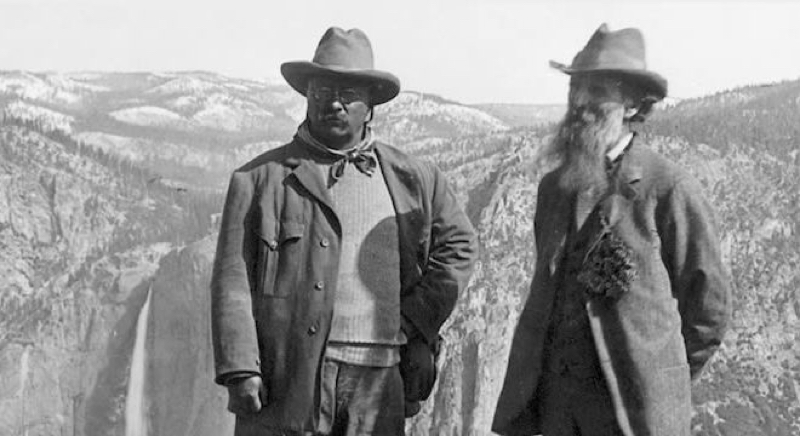
The Sierra Club offers an interesting interactive retrospective of the life and work of one of the fathers of modern conservancy, John Muir. It has biographical and geographical information about his life and times, with many photographs, audio and video resources of the wildlife and landscapes that Muir inspired so many to preserve. With annexes devoted to notable people that followed in his footsteps, and tributes to him by important people, it’s chock-a-block full of resources for students and teachers alike.
You can learn more about a virtual tour of The John Muir Exhibit here.
10. Polar Husky

Polar Husky is a wonderful and interesting arctic adventure Virtual Field Trip that helps students explore the animals, people, and geography of the Arctic. The site has been traveling the Arctic for almost fifteen years, documenting the ecological, meteorological, and animal diversity of almost everywhere above the arctic circle. These journeys are taken via dog sleds, which are sure to engage the imagination of every student and stress the adventurous nature of life and travel in the far North. The site aspires to offer innovative educational opportunities while fostering worldwide collaboration of issues of interest to the general public and governmental, environmental, and cultural organizations. It’s a beautiful site.
You can learn more about a virtual tour of Polar Husky here.
11. The Secrets Of Easter Island
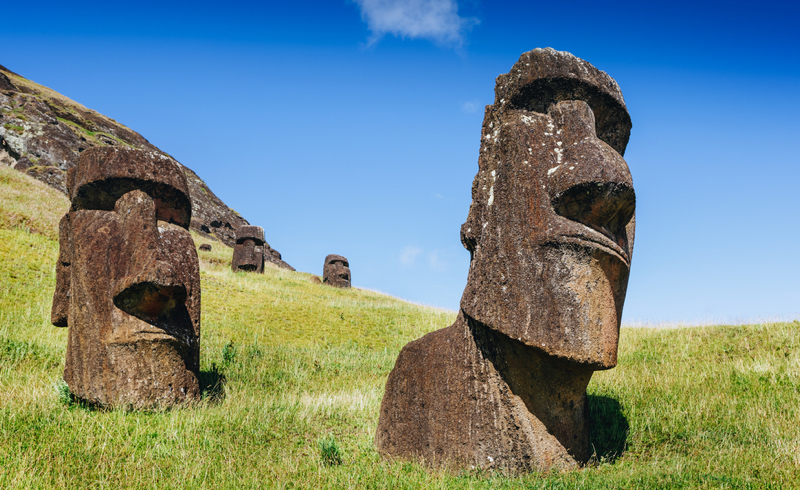
Non-traditional educators have long prized the efforts of Nova and PBS to travel the world over and find interesting and compelling things to show to students. In Secrets of Easter Island, they detail the expedition of a team of archaeologists and a crew of seventy-five to try to unravel the mystery of the giant stone
heads that stand guard along the shores of Easter Island. There’s a terrific and interesting portion of the Virtual Field Trip dedicated to attempting to move and raise a 10-ton megalith, called a moai, using only the tools and techniques that would have been available to the residents of Easter Island in ancient times. It’s
interesting and fun, and touches on environmental, engineering, and social topics that will keep students interested on multiple levels.
You can learn more about a virtual tour of The Secrets Of Easter Island here.
12. Explore An Estuary
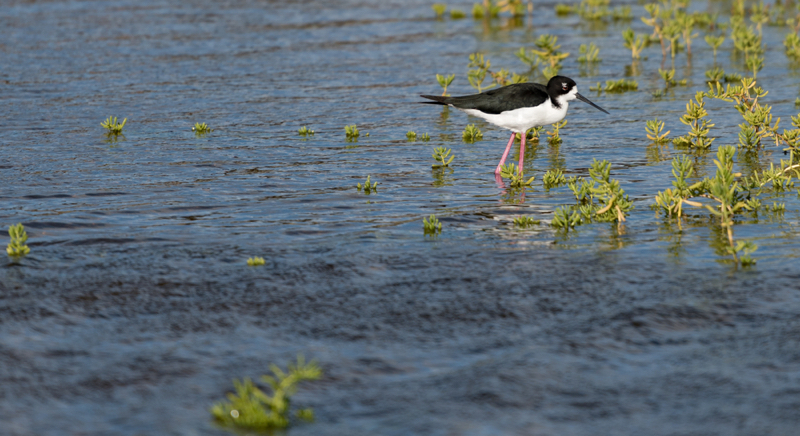
Estuary Live is an interactive Virtual Field Trip for students who wish to study the tides, oceans, and all the creatures that live on the margin between the water and the land. The site features many video tours that explore many bodies of water with a qualified docent to point out items of interest. With over 135 videos
online, the site offers something for almost any educator to find for students interested in the natural world. The site also offers additional materials and lesson plans to help educators plan a full slate of compelling information for their students.
Check out the virtual tour of Explore an Estuary here.
13. Reach The World
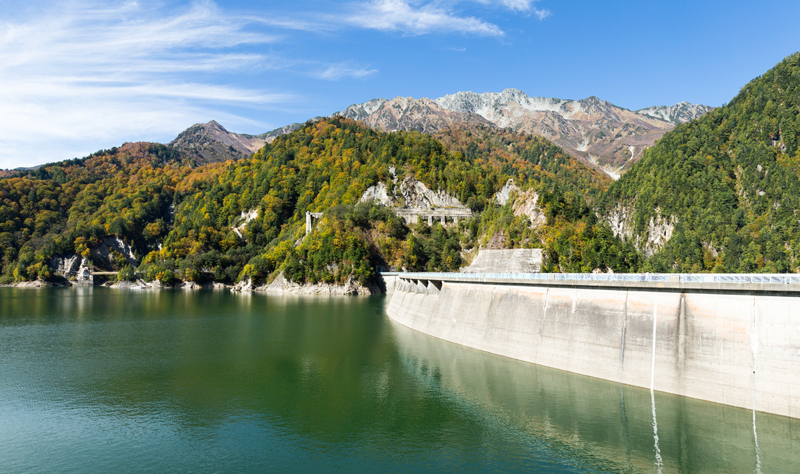
Reach the World is a site dedicated to Virtual Field Trips with a hybrid of online journalism with actual real-world excursions to exotic sites all over the globe. Reach the World’s mission statement explains their vision for expanding elementary and secondary education curriculum to include more information about the knowledge, values, and skills necessary to travel and live in culturally diverse locations all over the globe. The site offers many interactive and interesting video guides of their adventures, with journalistic reports from
students just like those watching in a virtual classroom, and can even supply classroom visits for schools in the New York area.
You can learn more about a virtual tour of Reach The World here.
14. Tour The National Gallery Of Art
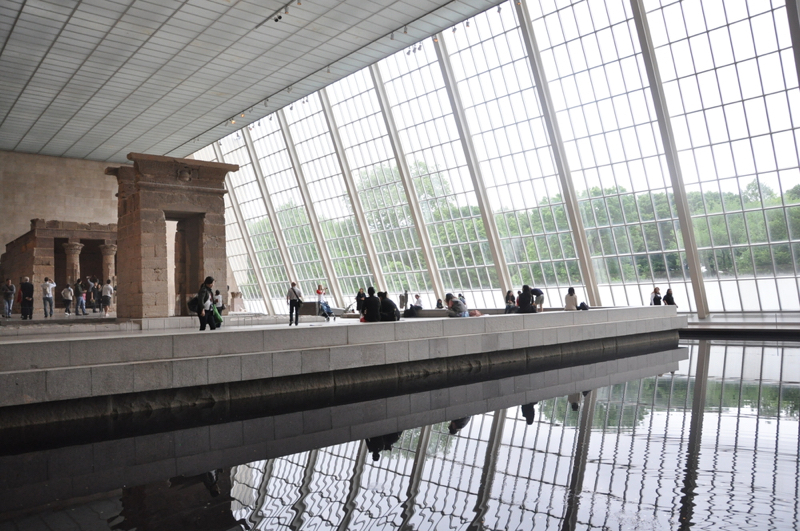
The National Gallery of Art is located in Washington DC, and was made possible by a bequest by financier and Secretary of the Treasury Andrew Mellon to give his collection of art to the country for a museum. Since that core collection of 126 paintings and 26 sculptures, the Gallery has amassed one of the greatest collections of art in the country and the world. The Online portal of the Gallery offers tours and guides to specific collections, or simply has highlights of notable works collected for general interest viewing. It’s a great way to interest students in the importance of fine art in their lives.
You can learn more about a virtual tour of The National Gallery of Art here.
15. The Museo Galileo
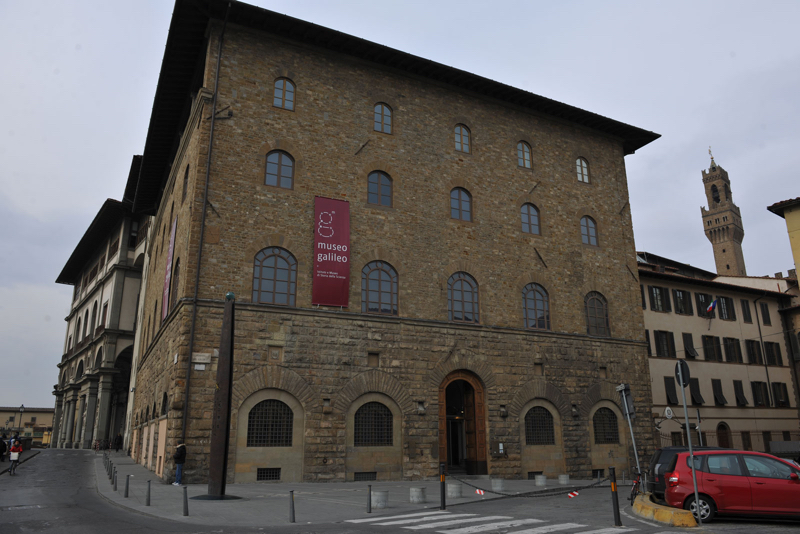
The online catalog dedicated to the memory of the man who told us that the world was no longer flat contains more than 1,000 objects on permanent display, with many more being added. Users can see biographical information about important scientific luminaries like Galileo and the objects they discovered and invented, with interesting and thought-provoking animations and videos that demonstrate their usefulness and ingenuity. It’s a wonderful and well-designed website, sure to engage almost any visitor.
You can learn more about a virtual tour of The Museo Galileo here.




